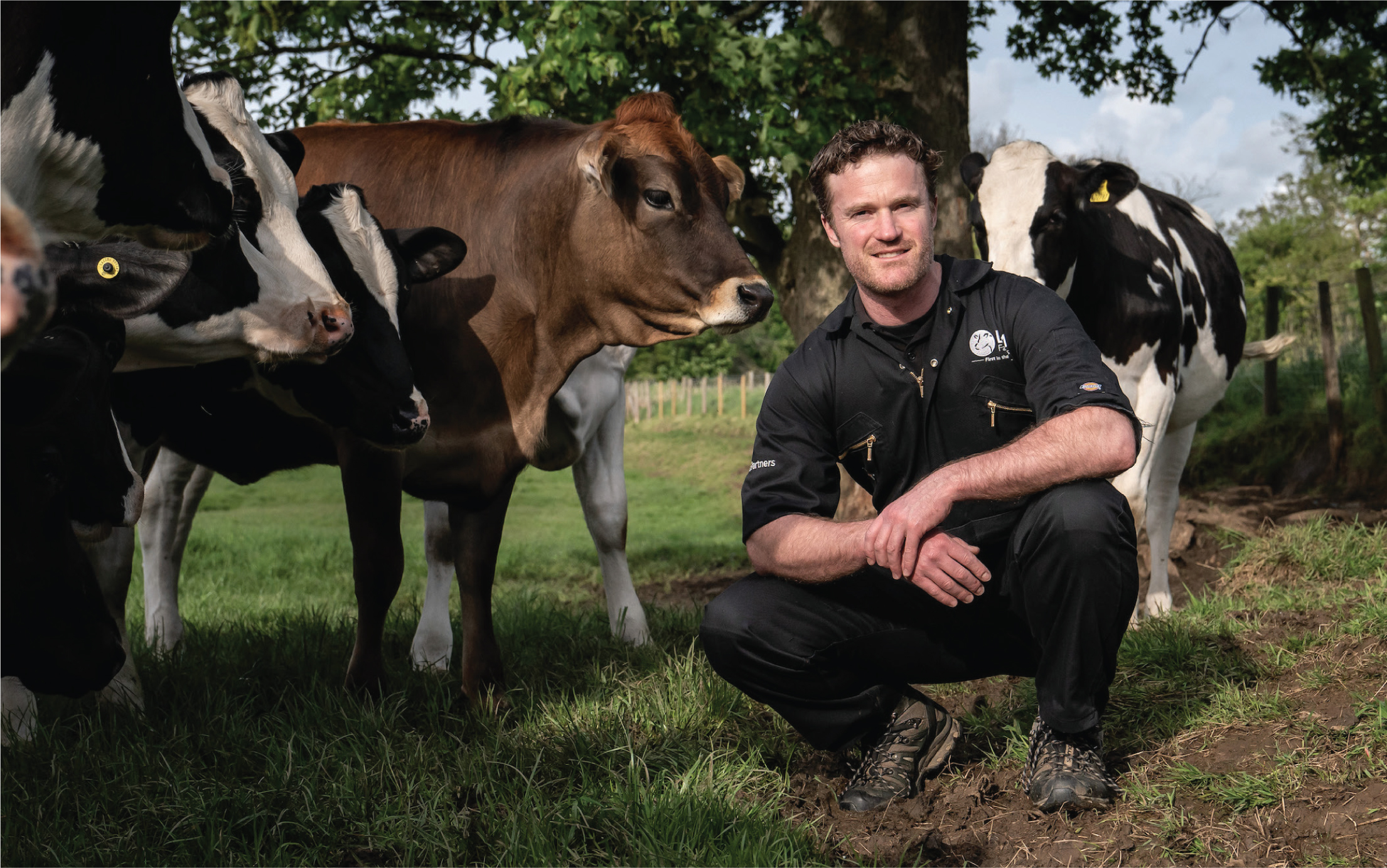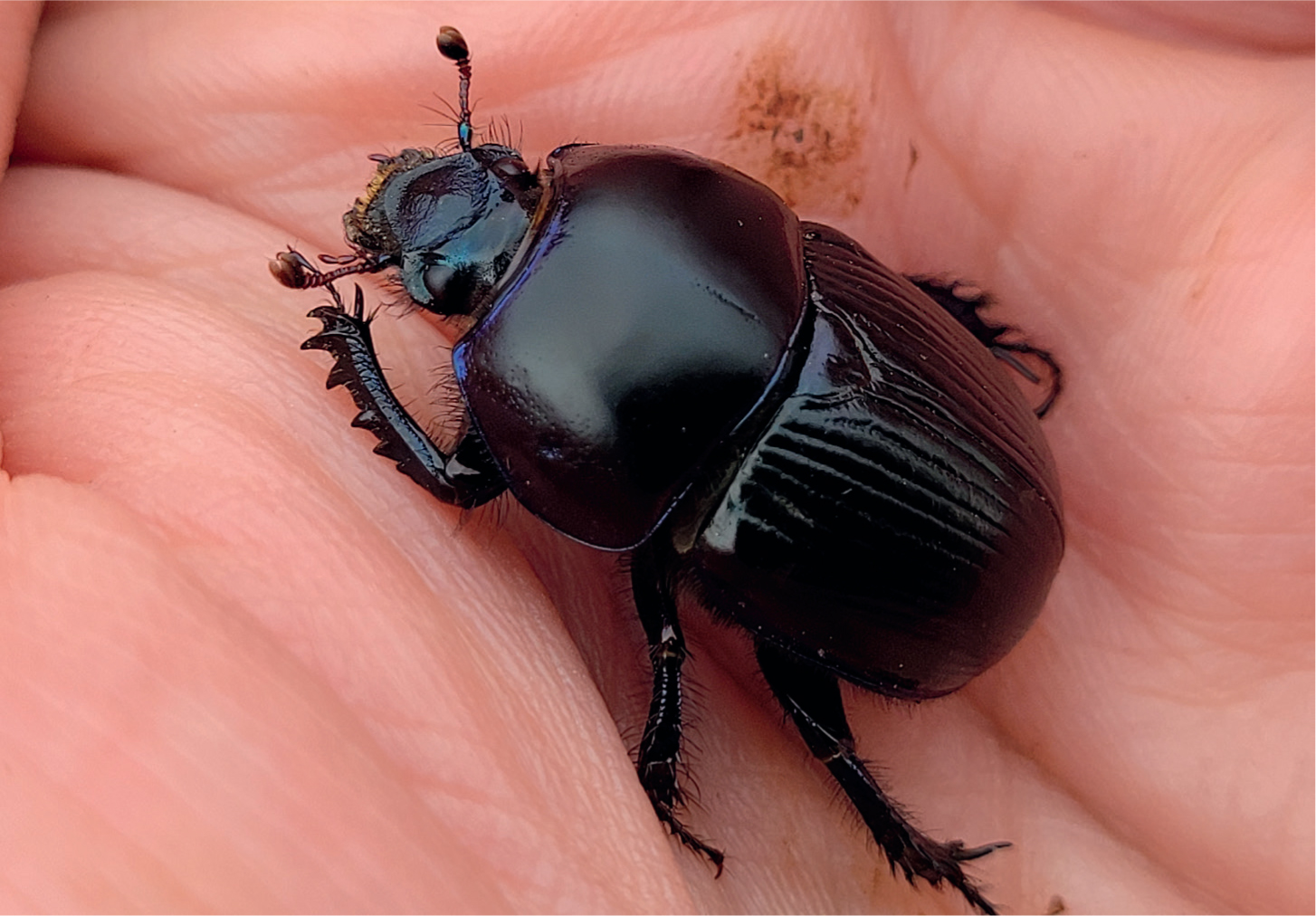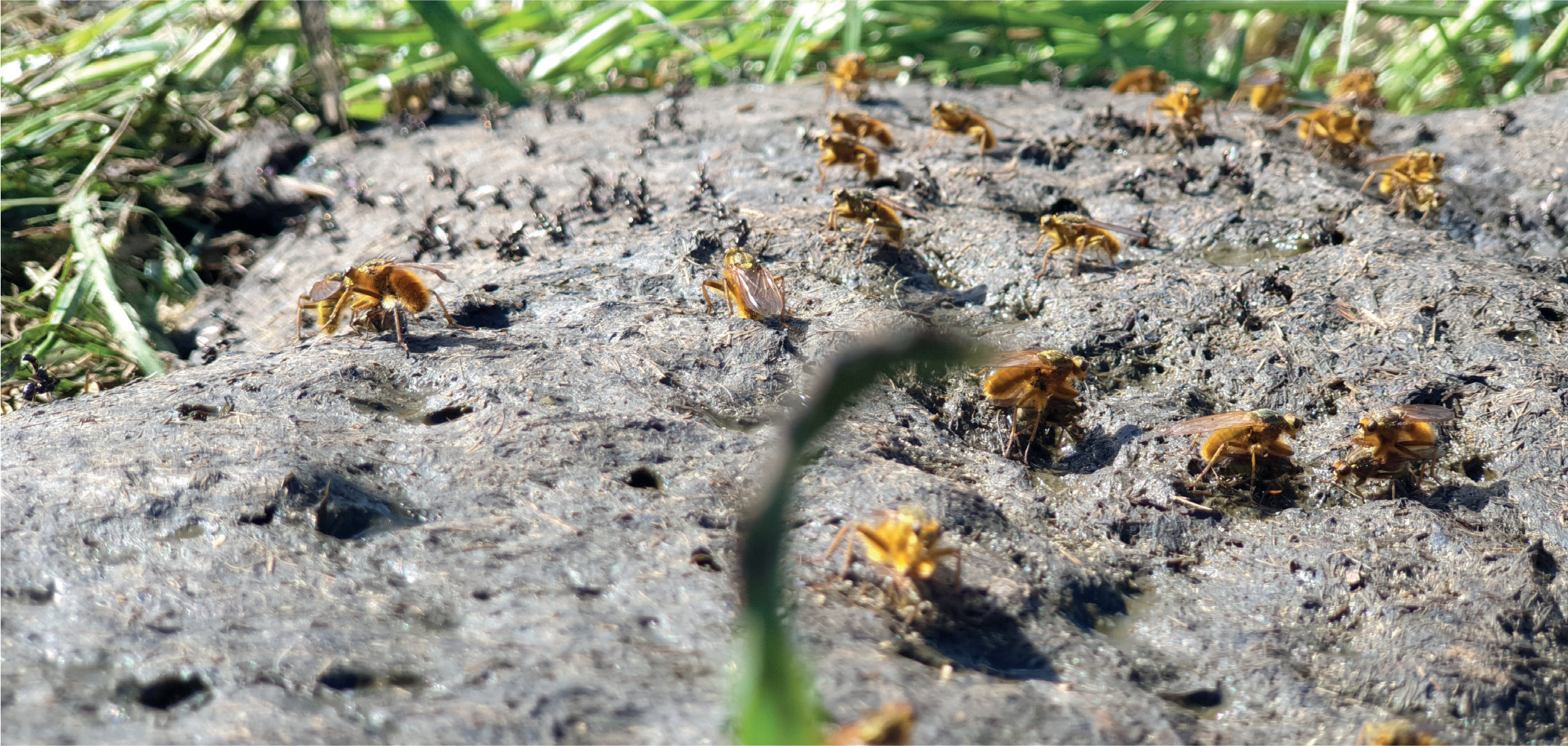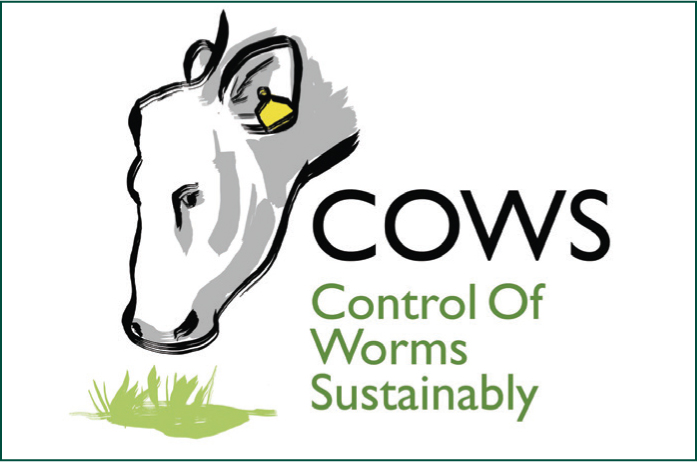
Most cattle farmers still rely on wormers applied to entire groups of animals at pre-determined times of the year to control gut worms, lung worm and/or liver fluke.
On many farms the same products have been used at the same time of year for more than a decade. It appears simple, cheap and easy and always seems to ‘work’, so why change?
It is likely that we have been witnessing a golden age for these products. Increasing reports of anthelmintic resistance of gut and lungworm are occurring. This is probably because we have been over-treating with the same products, often unnecessarily.
Many have been advocating a different, more sustainable approach to parasite control for some years now, with knowledge that these products also cause significant environmental harm.
This new approach puts diagnostic testing and prevention before treating, centre stage. An approach that allows natural cattle immunity to develop better, and that reduces farmers' reliance on products, saving them for when they might really be needed.
Alongside other farmers, research scientists, parasitologists and vets, we call this approach ‘integrated parasite management’, as this mirrors approaches in other sectors looking to minimise pesticide use.
My team and I have been working with dairy farmers in our Lancashire practice over the past 4 years, to determine if this approach can work commercially.
Our clients rarely tested to assess if any parasites were present before treating, based on well-intentioned advice and a desire to protect their stock.
Early indications show savings in wormer cost, time and stress from repeated cattle handling, while reducing the chances of parasite resistance. It also has better environmental outcomes and reduced negative impacts on farm beneficials, such as the enigmatic dung beetle (Figure 1 and 2).


Parasite control plan
The first step is to understand what the current worming strategy is and how long it has been in place.
I usually find lungworm vaccination to be a cornerstone of the shift away from blanket treatments. There is no way to predict easily when lungworm will hit and waiting until coughing starts is not ideal. Using a preventative vaccine allows farmers to relax about what is arguably the most serious risk at grazing to youngstock.
Lungworm vaccine sales have dramatically increased from the start of the programme, and this shift has been noticeable across the UK as more farms and practices deliver integrated parasite management.
We believe that switching from macrocyclic lactone (ML) treatments to vaccination has resulted in significant health and production benefits, possibly due to undetected resistance.
This is hard to prove, but a recent Control of Worms Sustainably (COWS) workshop held at Moredun focussed on this. Researchers there are now asking practicing vets to report suspected cases to them for investigation.
Gut worms
First season grazers are most at risk and can suffer from excessive gut worms, but there is likely to be a warning before things get too serious. Proper monitoring, including faecal egg counts (FECs) at regular intervals during the grazing season, helps indicate whether treatment is needed.
A minority of animals produce the majority of worm eggs. So pooled results need interpreting with individuals' needs in mind. No result precludes taking individual samples, or even treating animals based on clinical signs. I believe this is far better than blanket treatment.
Any decision to treat should trigger the question ‘which animals?’. In most cases some can be left untreated. This leaves a proportion of the parasites untreated too, maintaining refugia populations unexposed to treatments. This allows repopulation of pastures with susceptible worms in the expectation they will dilute any resistant populations left in treated animals.
The most common result of FECs in our programme in Lancashire was zero eggs/gram, meaning the discussions about whether to treat or not rarely came into play.
At housing I encourage testing for liver fluke and type ll ostertagiosis, taking advantage of blood tests for first season grazers as well as faecal testing. Alongside the results of historic testing, this helps inform decisions around housing doses. We have successfully avoided the need for housing treatments in many herds.
Opportunities
I am greatly encouraged and excited to see vet practices across the country implementing integrated parasite management programmes with their cattle clients. Some of the drive for this is coming from farmers too, as they look to meet the specific worm control requirements of their farm assurance schemes.
I believe this approach offers vet practices meaningful and profitable opportunities to demonstrate even more value to our farming clients. Yes, less worming products will be sold, but wafer-thin margins make any lost income minimal and the service offers other revenue opportunities.
It is rewarding to engage with clients to do the right thing for their animals, their pastures, their farms and for the wildlife above and below ground, as well as protecting the few products we still have.
In line with British Cattle Veterinary Association (BCVA)'s sustainable policy on parasiticide use (2021), I also believe that the Animal Health and Welfare Pathway (Department for Environment, Food and Rural Affairs, 2022) provides an excellent opportunity for cattle practitioners to deliver integrated parasite management.
Better testing
Testing lies at the cornerstone of integrated parasite management. The easier, faster and more efficient it is, the better, as this facilitates widespread testing.
Options include manual in-house testing, automated in-house testing, with a variety of options now available, as well as external labs. Each has their own merits, but selecting the right one for the practice and its clients is critical.
I believe there also needs to be more training and education on parasitology for both qualified and trainee vets and vet technicians. At the 2021 BCVA conference, we ran a booked-out workshop on integrated parasite management and there was a lot of follow up with other vets after the event.
We shall be running a similar taster session at the conference this year and BCVA has committed to supplying integrated parasite management CPD. Please contact rob_howe@bcva.co.uk if you are interested.
We can also draw on resources such as that given by the many experts working in the Control of Worms Sustainably (COWS) group, which has just updated its core guides to parasite control (https://www.cattleparasites.org.uk). These include the change towards testing before treating and taking better consideration of the impacts of treatments.
Integrated parasite management is a win, win, win and win situation. It brings positive outcomes to vets, farmers, their cattle and the environment, whilst safeguarding the small range of products that still work. This is just the start of a crucial journey towards more sustainable parasite control and more sustainable farming.



